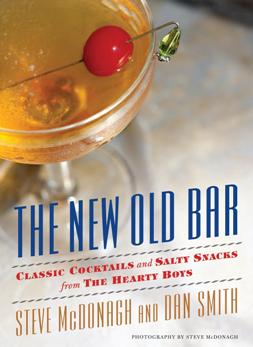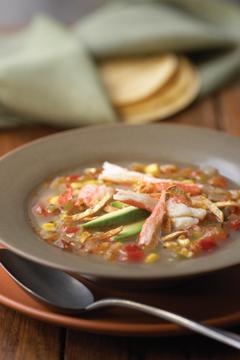Classic Cocktails Make a Menu Comeback
Tuesday, 02 October 2012 15:57
 In the height of the sweltering summer, some seasonal, fruity favorites have fared well, while others are falling from favor.
In the height of the sweltering summer, some seasonal, fruity favorites have fared well, while others are falling from favor.
If you want to know what cocktails people are ordering in bars and restaurants, you don’t need to look any further than an episode of “Mad Men.”Classic cocktails are mixing things up on the drink menu this year. According to new research from Mintel Menu Insights, cocktails that are described as “classic” on menus have increased by a whopping 76% since 2009. Popular retro drink, the Manhattan, has seen a 35% increase on menus since 2009, while the Gimlet is up 63%, Sazerac is up 57% and the Side Car has jumped 50%*.
“Bartenders and cocktail geeks are taking a very academic approach to mixing drinks, and many are learning the history and the evolution of iconic cocktails,” says Kathy Hayden, senior foodservice analyst at Mintel. “This approach combines with better ingredients, some nostalgia for a time when people had time to enjoy cocktails and cocktail parties and widespread interest in ‘cocktail culture’ to boost interest in the classics.”
Among survey respondents who have ordered a drink at bars/nightclubs, 54% ordered a beer in the last three months, making it the most widely accepted alcoholic beverage. Cocktails also have a high incidence of use, however, with 44% of people saying they’ve ordered one in the same timeframe. A new cocktail claim making its debut on menus is “skinny.” In 2009, there were zero reports of the skinny claim and in Q2 2012, Mintel Menu Insights tracked 110 items boasting this descriptor.

 Two effective strategies to consider are blogging and discovering, or instant research.
Two effective strategies to consider are blogging and discovering, or instant research. Myriad resources for training DVDs, posters, booklets and even free guest lecturers are there for the taking.
Myriad resources for training DVDs, posters, booklets and even free guest lecturers are there for the taking. The City of San Diego opens a much-wanted Public Market.
The City of San Diego opens a much-wanted Public Market. Did you know that a whopping 95% of all wild salmon is harvested in Alaska? From black cod to king crab to sockeye salmon, here’s a primer on Alaska’s sustainable finfish and shellfish for the classroom.
Did you know that a whopping 95% of all wild salmon is harvested in Alaska? From black cod to king crab to sockeye salmon, here’s a primer on Alaska’s sustainable finfish and shellfish for the classroom.